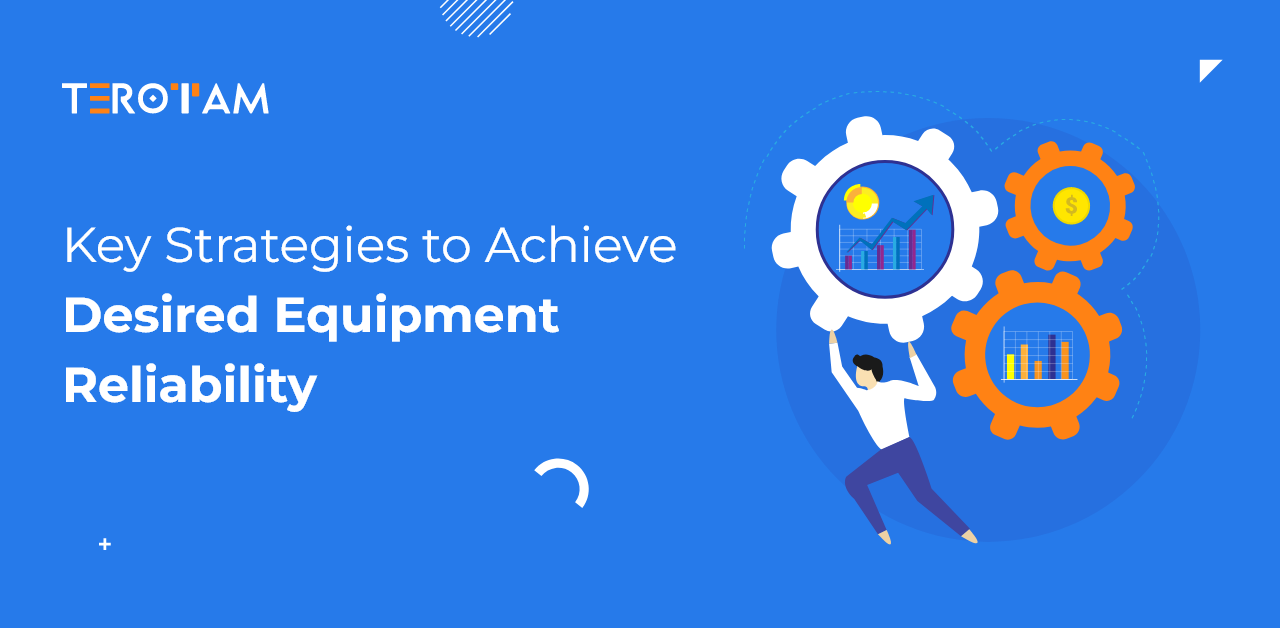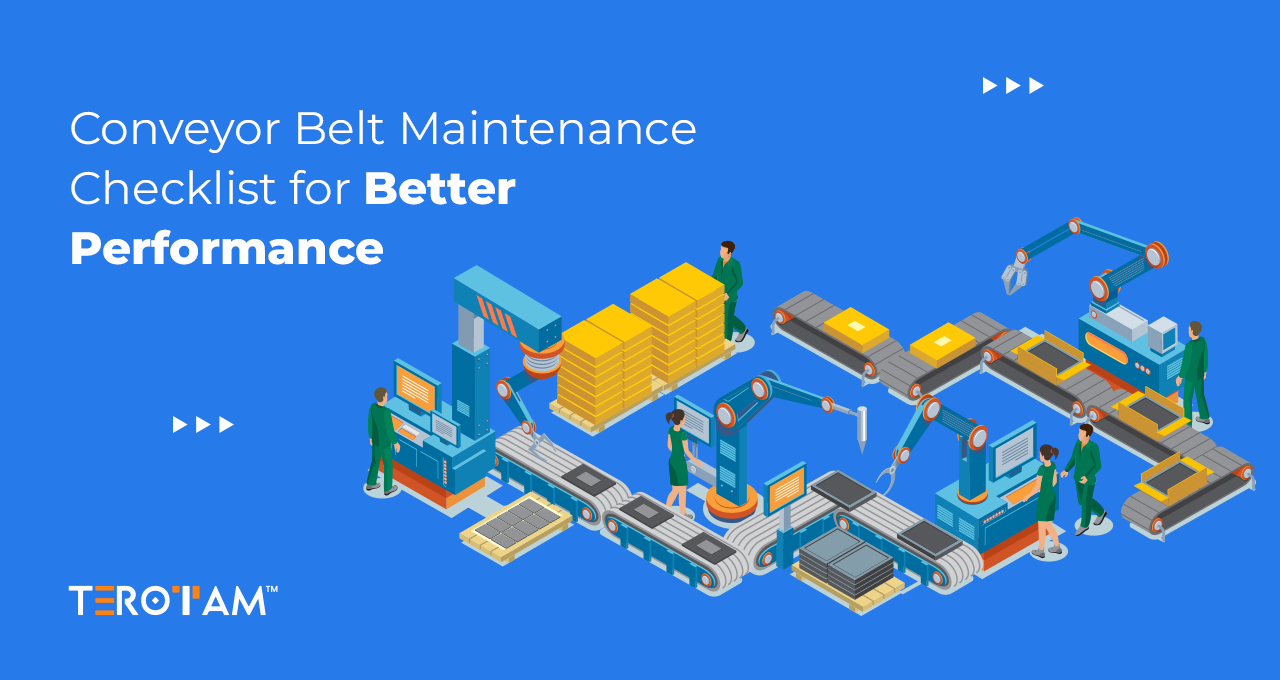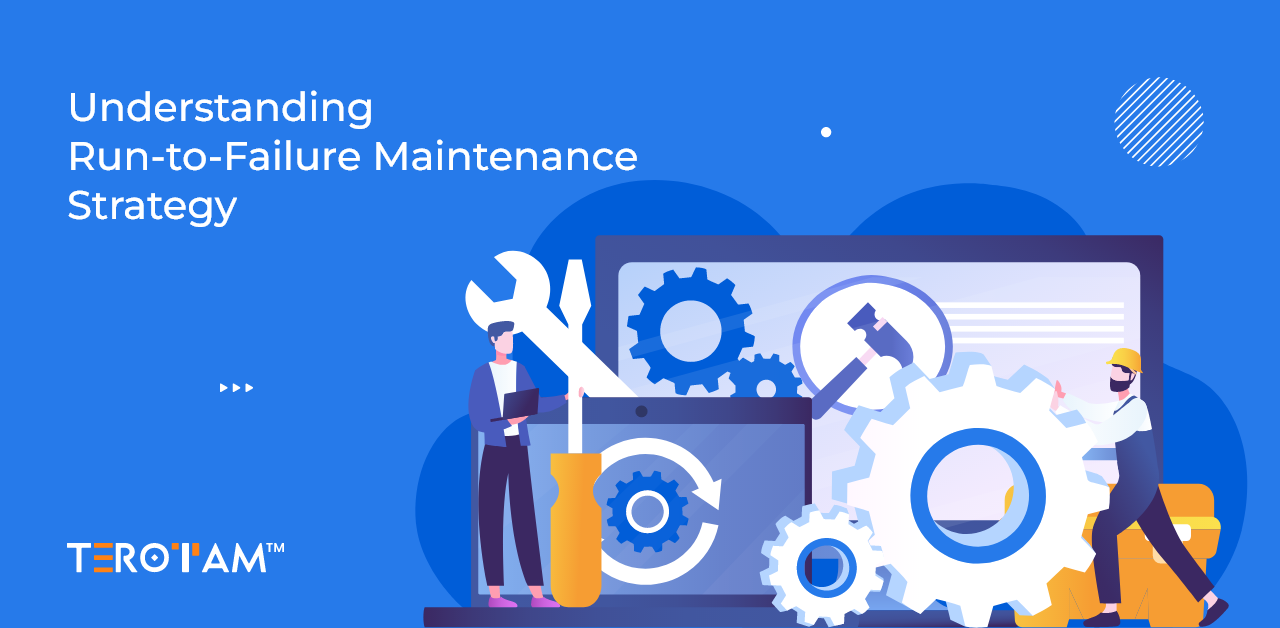The heartbeat of industrial success often lies in the unnoticed—equipment reliability. Beyond just keeping operations running, dependable machinery safeguards profits, protects reputations, and ensures a safer work environment. Its impact ripples through every aspect of business, often defining the line between growth and stagnation.
Achieving this level of dependability requires more than basic maintenance; it demands well-thought-out strategies tailored to specific operational needs. From predictive technologies to streamlined processes, every decision shapes how effectively equipment performs over time. Without the right practices in place, even the most advanced machinery can become a liability.
In this article, we will explore a range of strategies designed to elevate equipment reliability. Each approach offers actionable insights, enabling businesses to optimize performance, minimize downtime, and sustain long-term success.
Challenges in Achieving Reliable Equipment Performance
Ensuring reliable equipment performance comes with its set of hurdles. Ageing assets often experience wear and tear, leading to frequent failures, while cost constraints can limit access to advanced tools and technologies. These challenges are compounded by increasing operational demands, forcing businesses to stretch their machinery beyond recommended usage.
Another significant challenge lies in human factors. Insufficiently trained operators, lack of standardized maintenance practices, and poor communication between teams can lead to errors and delays in addressing issues. Without proper insights into equipment health, businesses end up relying on reactive measures, which are costly and inefficient.
Key challenges include:
- Limited access to real-time data for predictive maintenance.
- Escalating costs of spare parts and maintenance resources.
- Lack of skilled technicians to handle complex machinery.
- Environmental factors such as extreme temperatures or vibrations.
- Ineffective or outdated maintenance schedules.
- Poor coordination between operations and maintenance teams.
Why Does a Strategic Approach Matter in Managing Equipment Reliability?
Reliability isn’t achieved by chance; it’s the result of deliberate and informed decisions. Businesses often focus on fixing failures without addressing their root causes, creating a cycle of recurring issues. A strategic approach flips this narrative, proactively identifying vulnerabilities and implementing targeted solutions that prevent downtime. This shift moves organizations away from reactive measures, fostering systems that deliver consistent performance even under challenging conditions.
The right strategy transcends basic maintenance, unlocking the full potential of equipment. Tailored approaches that integrate advanced technologies, skilled personnel, and streamlined processes transform machinery from an operational necessity into a competitive advantage. Integrating reliability into long-term planning enhances operational efficiency while preparing businesses to adapt to evolving industry demands.
10 Proven Strategies to Enhance Equipment Reliability
Improving equipment reliability requires a combination of foresight, technical expertise, and structured practices. A well-executed strategy minimizes unexpected failures and boosts operational efficiency and cost-effectiveness. Businesses must focus on both proactive and preventative measures, leveraging technology and training to ensure consistent performance.
The following strategies provide actionable insights to help organizations address common reliability challenges and achieve long-term operational success.
1. Implement Predictive Maintenance (PdM)
Switching from reactive or preventive maintenance to predictive maintenance allows organizations to foresee potential equipment failures. Tools like vibration analysis, thermography, and ultrasonic testing can provide real-time insights into machinery health. Integrating condition-monitoring sensors with software systems ensures timely alerts for early intervention, thus reducing unplanned downtimes.
2. Standardize Maintenance Procedures
Developing and strictly adhering to standardized maintenance protocols ensures consistency across operations. These protocols should include detailed work instructions, schedules, and documentation. Proper training for technicians on standard operating procedures (SOPs) further reduces errors and variability, contributing to improved equipment reliability.
3. Invest in Quality Spare Parts and Lubricants
Using substandard components or low-quality lubricants significantly impacts equipment performance and lifespan. Opting for OEM-approved spare parts and lubricants tailored to the equipment’s specifications ensures compatibility and reduces wear and tear. Keeping an organized inventory of essential parts minimizes delays during maintenance or repairs.
4. Conduct Root Cause Analysis (RCA)
When equipment fails, identifying the root cause is essential to prevent recurring issues. Root Cause Analysis (RCA) helps uncover underlying problems such as design flaws, operational misuse, or inadequate maintenance practices. This systematic approach allows the team to implement permanent fixes rather than addressing symptoms.
5. Leverage Reliability-Centered Maintenance (RCM)
Reliability-Centered Maintenance focuses on understanding the criticality of each asset and tailoring maintenance strategies accordingly. RCM combines preventive, predictive, and condition-based maintenance to prioritize resources on the most critical equipment. This method helps optimize costs while maintaining high reliability standards.
6. Upgrade to Digital Twin Technology
Using digital twin technology enables real-time simulation and monitoring of physical assets. These virtual models replicate the behavior of machinery under varying conditions, offering valuable insights into potential vulnerabilities. Organizations can simulate different maintenance scenarios and implement the most effective strategies to prevent failures.
7. Provide Ongoing Training for Operators
Skilled operators play a crucial role in equipment reliability. Continuous training on the latest technologies, safety protocols, and efficient operational practices ensures proper handling of equipment. Educating operators on early signs of wear or malfunction allows them to act before minor issues escalate.
8. Monitor and Control Environmental Factors
External factors such as temperature, humidity, and vibration often influence equipment performance. Installing environmental controls like proper ventilation, insulation, and vibration dampers reduces the risk of environmental-induced failures. Periodic assessment of these factors ensures equipment operates within optimal conditions.
9. Optimize Data Utilization with IoT and AI
Integrating IoT-enabled devices and AI algorithms into equipment management systems facilitates advanced data analysis. Predictive algorithms can analyze historical and real-time data to forecast potential failures and recommend corrective measures. This data-driven approach ensures timely interventions, enhancing overall reliability.
10. Focus on Continuous Improvement
Reliability isn’t a one-time achievement; it’s an ongoing process. Regular audits, feedback loops, and performance reviews of equipment management strategies help identify gaps and areas for improvement. Involving cross-functional teams fosters a culture of continuous enhancement, ensuring long-term reliability.
A Quick Note to Conclude
When your equipment runs smoothly, so does your business—it’s that simple. Reliable operations mean fewer headaches, lower costs, and more time to focus on growth. Let’s work together to take your reliability game to the next level. Reach out to us at contact@terotam.com — we’re ready to help you turn challenges into opportunities.








